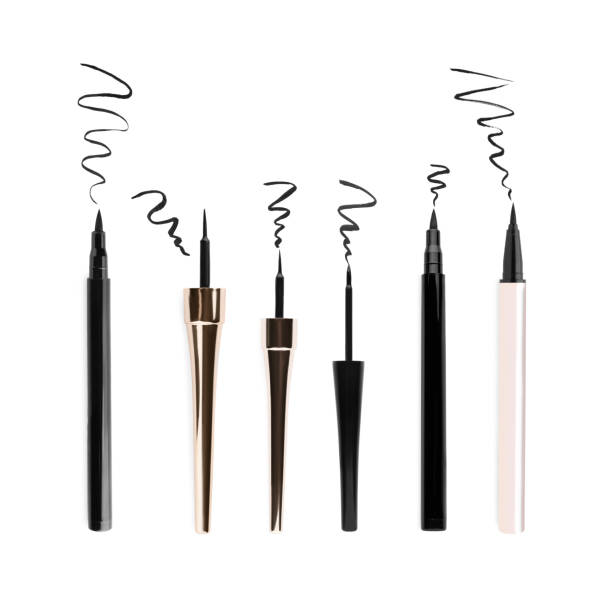Большинство женщин любят и предпочитают яркие оттенки помады.. Они заботятся о брендах, текстура, и упаковка помад. Но замечал ли когда-нибудь кто-нибудь в погоне за красотой ингредиенты, используемые в помадах и производителями помады?? В составе губной помады есть некоторые гашишные химикаты и синтетические красители, на которые следует обращать особое внимание и которых следует избегать..
Прежде чем копаться: Тенденции в области губной помады

Источник: Пексели
Первыми людьми, носившими помаду, были древние шумеры и мужчины и женщины долины Инда. (вокруг 5,000 много лет назад). Они измельчали драгоценные камни или охру, чтобы украсить губы.. Помады для древних египтян — символ социального статуса, а не пола.. Помаду раньше делали дома 1884 когда появилась первая коммерческая помада. Он был сделан из оленьего жира, касторовое масло, и пчелиный воск. Затем в 19 веке помаду красили карминным красителем..
Помада считалась приемлемой у модниц в начале 20 века.. В это время, оттенки помад ограничены. Темно-красная помада была одним из самых популярных оттенков. Элизабет Арден изобрела различные оттенки помады в начале 1930-х годов и вдохновила другие компании на создание большего количества оттенков помады.. Помады когда-то долгое время ассоциировались с проституцией. Но со временем, помады становятся все более общепринятыми, создается больше типов и цветов помад.. Теперь ингредиенты и виды помад разнообразны..
5 Вредные ингредиенты, которых следует избегать

Источник: Pixabay
Наши губы чувствительны и могут легко впитывать вредные химические вещества из помады, поскольку они тонкие, на них отсутствуют волосы и потовые железы.. Поэтому, вам следует быть осторожными с химическими веществами, используемыми в помадах.. Вот пять основных вредных ингредиентов помады, которых следует избегать.
Метилпарабен
Что это такое
- Метилпарабен это разновидность парабена, который обычно используется в качестве противогрибкового средства и консерванта во многих косметических средствах.. Проблема, на которую потребителям следует обратить внимание, — это альтернативные названия в списке ингредиентов., включая 4-гидроксиметиловый эфир бензойной кислоты и метил-4-гидроксибензоат.
Почему его используют в помадах
- Метилпарабен используется для предотвращения роста плесени и других вредных бактерий.. Его предпочитают большинство производители помады из-за более длительного срока хранения. Другие натуральные вещества и экстракты трав не могут храниться дольше года, поэтому их обычно используют в продуктах по уходу за кожей с более короткими сроками годности..
Вред
- Он может быстро всасываться через кожу и кишечный тракт., но организм быстро его выводит. Все еще возможно изменить эндокринную систему и вызвать рак, аллергия, или другие побочные эффекты, если его использование превышает установленный уровень. Метилпарабен имеет маркировку “умеренная опасность” по базе данных косметики.
Пропилпарабен
Что это такое
- Пропилпарабен также является разновидностью парабена, используемого в качестве консерванта.. Это может предотвратить рост токсичных бактерий.. Отличается от метилпарабена размером и антимикробным действием.. Его часто можно увидеть в некоторых фруктах и овощах., например, ячмень, льняное семя, и виноград.
Почему его используют в помадах
- Пропилпарабен используется для продления срока годности препарата.. Совместим с большинством ингредиентов и экономически эффективен.. В помадах, это предотвращает прогорклость маслянистой части. Продукты без него могут быть более твердыми, поскольку более мягкая часть быстрее портится..
Вред
- Содержание пропилпарабена находится на низком уровне и составляет от 0.01% к 0.3%. Пропилпарабен не накапливается в организме, поэтому он считается безопасным для использования, если его использование ограничено рекомендуемым уровнем.. Однако, он указан как один из вредных ингредиентов помады, которого покупателям следует избегать.. Это может привести к раздражению кожи и глаз и аллергии., и даже действуют как разрушитель гормонов и канцероген..
Ретинил пальмитат
Что это такое
- Ретинил пальмитат синтетическая форма витамина А. Действует как антиоксидант и синтетический консервант в помадах.. Это норма для большинства косметических продуктов..
Почему его используют в помадах
- Это синтетический, тем не менее, его можно использовать в качестве витамина А.. Он способен восстанавливать коллаген и эластин благодаря своим крошечным молекулам, проникающим в более глубокие слои кожи.. Его также можно использовать для отшелушивания, поскольку он удаляет омертвевшую кожу и обнажает здоровые клетки кожи., сохраняя губы мягкими и гладкими. Вот почему ретинил пальмитат используется в помадах..
Вред
- Кожа легко впитывает ретинилпальмитат.. Сначала он преобразуется в ретинол, а затем в ретиноевую кислоту.. Соединения ретинола расщепляются и генерируют вредные радикалы, которые являются опасными факторами для ДНК и вызывают генетические мутации.. Исследования показали, что это вредно для беременных женщин и может быть связано с раком кожи и репродуктивными проблемами.. Это химическое вещество также является одной из причин чрезмерного потребления витамина А, вызывающего серьезные проблемы со здоровьем..
Красители
Что это такое
- Краситель — это цветное вещество, поскольку он поглощает некоторые длины волн видимого света.. Часто растворяется в воде. Он связывается с материалом, который химически окрашивает..
Почему его используют в помадах
- Красители — это то, что придает помадам великолепные цвета. Синтетические красители, используемые в губной помаде, получают из продуктов нефти и используются в коммерческих целях.. По сравнению с натуральными красителями, красители дешевле и более стойкие. Цвет помады с красителями сохраняется дольше, чем у натуральных красителей.. Цвет с маркировкой “ФД&С” одобрен для использования в лекарствах и косметике. ФД&Красители C придают помадам настоящий красный или ярко-маковый оттенок..
Вред
- Красители могут храниться в органах и жировых тканях нашего тела.. Некоторые элементы алюминия и нефти, используемые в помадах, могут вызывать чувствительность., раздражение, и даже возможное повреждение нервной системы. ФД&Красители C обычно содержат каменноугольную смолу, которая известна как канцероген из-за высокого содержания свинца и мышьяка..
Токоферилацетат
Что это такое
- Токоферилацетат это особый тип витамина Е, который принадлежит к органическим химическим соединениям, называемым токоферолами.. Его альтернативные названия — ацетат токоферола и ацетат витамина Е.. Его часто можно увидеть в продуктах по уходу за кожей и пищевых добавках..
Почему его используют в помадах
- Используется в качестве натурального кондиционирующего средства для кожи и антиоксиданта.. Производители губной помады применяют его из-за его большей стойкости и более низкой стоимости.. Он играет роль природного витамина Е.. Помогает бороться со свободными радикалами и предотвращает потерю влаги..
Вред
- Это может вызвать зуд, горящий, шелушение, крапивница, и волдыри на коже в высоких дозах. В некоторых случаях может быть токсичным. Данные показали, что это может увеличить канцерогенный риск ультрафиолетовых лучей..
Ингредиенты губной помады для любви

Источник: Пексели
Возможно, вам захочется узнать о некоторых полезных и полезных ингредиентах губной помады, которые вы можете выбрать.. Такие элементы, как корица, органические воски, масла, растительное масло, минералы, а фруктовые и овощные пигменты полезны для здоровья..
Корица помогает предотвратить старение, пухлые губы, и уменьшает тонкие линии. Его также можно использовать в качестве антисептического продукта.. Органические воски, масла, и растительное масло рекомендуются в помадах, например, пчелиный воск, не делай ничего, Кокосовое масло, масло семян манго, масло авокадо, и кокосовое масло немного. Они защищают кожу и сохраняют влагу., сохраняя мягкие и увлажненные губы. Помады могут быть гладкими и шелковистыми. Если помады содержат минералы, фрукты, и растительные пигменты, они могут иметь естественные цвета с противовоспалительным действием и защитой от солнца.. Пигменты фруктов и овощей полны питательных веществ, а некоторые из них могут содержать антиоксидантные вещества..
Ключевой вывод
Косметическая промышленность может подумать, что токсичные вещества не о чем беспокоиться, поскольку их доза мала.. Однако, кумулятивный ущерб из-за длительного воздействия вредных химических веществ станет серьезной проблемой.. Поэтому лучше всего выяснить вредные вещества самостоятельно..
















